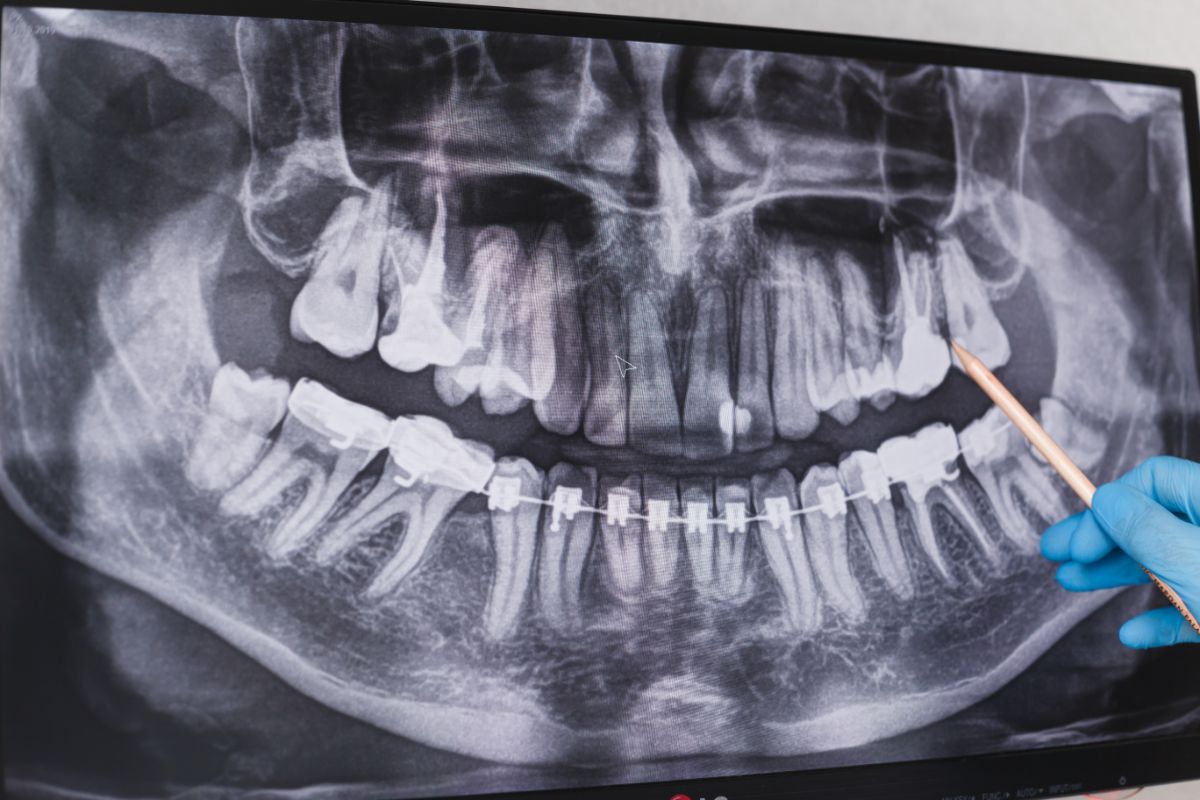Root Canal Vs Tooth Extraction: What To Choose

Root Canal Vs Tooth Extraction: What To Choose
What do you need to consider when choosing between root canal therapy vs tooth extraction?
- How damaged the tooth is
- Teeth gaps after the procedure
- The cost of the procedure
Tooth pain is not a very comfortable experience. Sometimes, you are even in excruciating pain. It’s always good to get to the root of the problem with the help of your dentist. These toothaches can be telling you that you’re suffering from infection whether it be small or severe.
When treating your decayed tooth, your dentist chooses between root canal vs tooth extraction. Both procedures are meant to treat decayed teeth, Root canal treatments preserve your natural tooth, while tooth extractions get rid of the decayed tooth. But, there are instances when one procedure is preferred over the other.
In this article, you will learn the difference between the two procedures. It can help you weigh the pros and cons of each and give you a better idea of which you’ll need. Keep on reading to learn more about root canal vs tooth extraction.
How damaged the tooth is
 When choosing between root canal vs tooth extraction, your dentist first considers the damage to the tooth. This is done through a dental x-ray. It gives them an idea of how severe it is.
When choosing between root canal vs tooth extraction, your dentist first considers the damage to the tooth. This is done through a dental x-ray. It gives them an idea of how severe it is.
Root canal treatment is considered when the tooth’s pulp is damaged by a bacterial infection. In the x-ray, the pulp may appear inflamed if it’s infected. If left unnoticed, the bacteria can multiply and spread.
On the other hand, tooth extraction is done for various reasons. If the dental x-ray shows severe decay to the pulp, this procedure is considered because of irreplaceable damage.
Tooth extraction is also considered for an impacted tooth. This is common with wisdom teeth. A tooth is considered impacted when it is blocked from coming out. Dentists recommend extraction to prevent it from damaging other teeth and to prevent TMJ disorder
Lastly, tooth extraction is also done before orthodontic treatments. This is done because it helps eliminate overcrowding. Extracting teeth gives space to move and realign teeth.
That’s why it is important to visit your dentist when you experience toothaches. It’s one of the common symptoms of infected teeth. You can feel pain when eating and drinking both hot and cold foods and drinks. It can also be painful when you bite and chew. To address problems, contact your dentist as soon as possible.
Teeth gaps after the procedure
Tooth extraction results in gaps in your gums. During the procedure, your dentist pulls out the affected tooth with special tools. Anesthesia is applied before to numb the affected area. This means you won’t feel any pain as your dentist pulls and pries out your tooth.
Since the tooth was pulled out, a gap is left in your gums. This can become a breeding ground for bacteria, which can lead to a chain reaction of infections and extractions. On top of that, the neighboring teeth of the empty space don’t receive physical support. This also results in shifting teeth which can lead to overlapping and misalignment.
When undergoing root canal treatment, you’ll not worry about tooth gaps. A root canal procedure is a method of preserving the affected tooth.
Here, your dentist removes the inflamed pulp by drilling a hole in the tooth to reach the enamel. They’ll remove the pulp and any other dead tissues using special instruments. After, your tooth will be sealed and filled with root canal fillings. Lastly, a crown is placed on the tooth so it can function like all your other healthy teeth.
The cost of the procedure
When comparing the prices of the two procedures, tooth extraction costs cheaper. However, the effects of having a tooth gap can lead to other expenses. You may want to consider having a dental implant or dentures. This will help prevent jaw deterioration and dental drift.
If you’re having your tooth extracted before orthodontic treatment, you’ll not need to worry about spending on implants or dentures. The procedure is required in order to proceed with your orthodontic braces.
Root canal treatment is the more expensive procedure. However, it can eliminate many expenses later on. This is because the procedure focuses on keeping your natural tooth in place. You’ll worry less about gaps and fake teeth, saving you money in the long run.
Key Takeaway
At the first symptom of a toothache, it’s important to consult with your dentist. Only a dental x-ray can tell your dentist about the extent of the damage to your tooth. From there, they’ll explain the better choice between root canal treatment vs tooth extraction.
Here at Elevate Dental, we offer a variety of services in our dental clinics in Taguig and San Juan, including root canal treatment and tooth extraction. Our dentists will explain to you the pros and cons of both treatments and will suggest the best course of action depending on the damage to your tooth.
If you want to schedule a consultation with one of our dentists, you can message us here.












